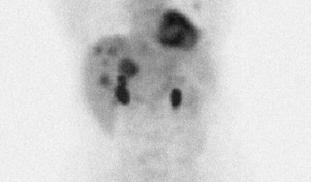Please wait...
About This Project
Insulin is a hormone which supports growth of normal cells, but also of cancers. A very low carbohydrate (VLC) diet safely and readily lowers blood insulin levels. The effects of a VLC diet has potential to inhibit cancer growth without harming normal tissues.
We further hypothesize that a VLC diet can combine with the effects of drug treatment in cancers, thus reducing drug doses and therefore toxicities. We aim to test this hypothesis in cell cultures.
More Lab Notes From This Project

Browse Other Projects on Experiment
Related Projects
Toward ethical and affordable antivenom solutions: Can anti-toxin be animal cruelty-free?
Snakebite envenoming causes over 100,000 deaths annually, yet current antivenoms depend on animal plasma...
Microplastics: Can engineered enzymes remove microplastics from the human body?
Polyethylene terephthalate (PET) microplastics have been detected in human blood and tissues, and linked...
Shutting down cancer’s recycling system with exosome-based therapy
Pancreatic cancer is one of the deadliest cancers because its cells survive by recycling their own components...





